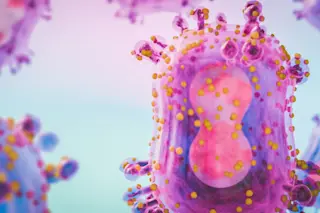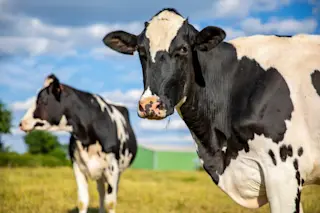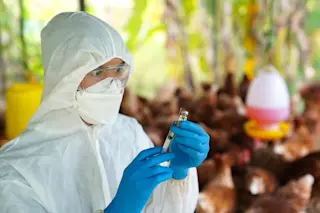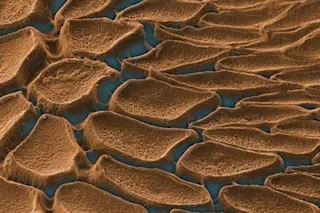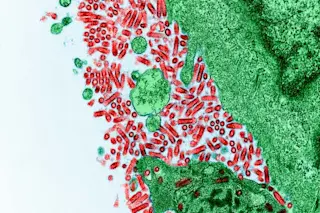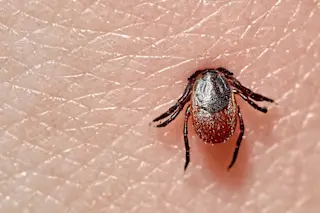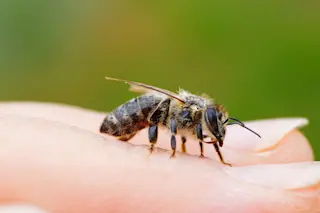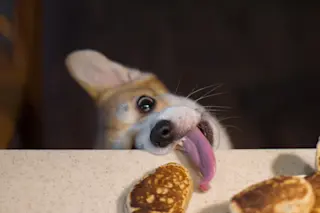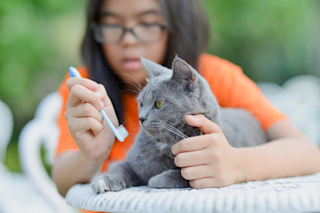I first heard the story a year ago. I was interviewing a scientist when he began griping about how difficult it is to get a chimpanzee for medical research. "They're expensive," he said, "and you've got to pay all this money into a social security plan to take care of them when they retire." Retired chimps? Just where do they go to retire—and what do they do when they get there? Eat bananas? Play shuffleboard? "I heard they put them on an island sanctuary in Liberia," the researcher said. He didn't know much more than that, and of course it wasn't his job to know. He is the scientist. He uses chimps to answer scientific questions. Someone else deals with what comes afterward. For a while I thought about going to Africa to look for that chimp island. In my mind's eye I envisioned a paradise where repatriated American chimps ...
An Embarrassment of Chimps
The U.S. is the last Western country that still uses them for medical research
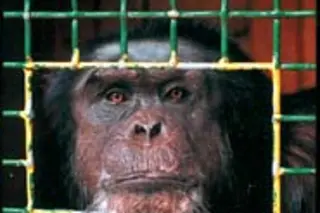
Newsletter
Sign up for our email newsletter for the latest science news
More on Discover
Stay Curious
SubscribeTo The Magazine
Save up to 40% off the cover price when you subscribe to Discover magazine.
Subscribe

